SC-51089
- CAS NO.:146033-02-5
- Empirical Formula: C22H19ClN4O3
- Molecular Weight: 422.86
- MDL number: MFCD00869867
- SAFETY DATA SHEET (SDS)
- Update Date: 2025-12-04 14:24:59
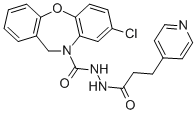
What is SC-51089?
Description
SC-51089 (146033-02-5) is a prostaglandin E2 (EP1 receptor) antagonist (pA2=6.5, guinea pig ileum muscle strip assay )1,4. Possesses analgesic activity in vivo (rodent ED50= 6.8 mg/kg)1,2,4. SC-51089 does not inhibit COX11 and does not block PGE1 induced hyperalgesia3.
Chemical properties
Off-White Solid
The Uses of SC-51089
A selective EP1 prostanoid receptor antagonist that attenuates prostaglandin E2-induced neuronal cell death in vitro and slows tumor growth in vivo. Its neuroprotective effect may potentially have therapeutic application in human stroke.
The Uses of SC-51089
8-Chloro-dibenz[b,f][1,4]oxazepine-10(11H)-carboxylic acid 2-[1-oxo-3-(4-pyridinyl)propyl]hydrazide monohydrochloride is a potent and selective antagonist of EP1 receptors.
What are the applications of Application
SC51089 is a potent and selective antagonist of EP1 receptors
Biological Activity
Selective EP 1 prostanoid receptor antagonist (K i values are 1.3, 11.2, 17.5, 61.1, > 100, > 100, > 100, >100 and > 100 μ M for EP 1 , TP, EP 3 , EP 2 , EP 4 , FP and DP receptors respectively). Attenuates PGE 2 -induced neuronal cell death in vitro and slows tumor growth in vivo .
References
1) Hallinan et al. (1993), N-substituted dibenzoxazepines as analgesic PGE2 antagonists; J. Med. Chem., 36 2) Malmberg et al. (1994), Antinociceptive effect of spinally delivered prostaglandin E receptor antagonists in the formalin test on rat; Neurosci. Lett., 173 193 3) Khasar et al. (1994), Comparison of prostaglandin E1- and prostaglandin E2 hyperalgesia in the rat; Neuroscience, 62 345 4) Hallinan et al. (1996), Aminoacetyl moiety as a potential surrogate for diacylhydrazine group of SC-51089, a potent PGE2 antagonist, and its analogs; J. Med. Chem., 39 609
Properties of SC-51089
| Melting point: | 162-164°C |
| storage temp. | Store at -20°C |
| solubility | Soluble in DMSO (25 mg/ml) or water (25 mg/mL) |
| form | White solid. |
| color | White |
| Stability: | Stable for 1 year from date of purchase as supplied. Solutions in DMSO or distilled water may be stored at -20°C for up to 3 months. |
Safety information for SC-51089
| Signal word | Warning |
| Pictogram(s) |
 Skull and Crossbones Acute Toxicity GHS06 |
| GHS Hazard Statements |
H301:Acute toxicity,oral H315:Skin corrosion/irritation H319:Serious eye damage/eye irritation H335:Specific target organ toxicity, single exposure;Respiratory tract irritation |
| Precautionary Statement Codes |
P261:Avoid breathing dust/fume/gas/mist/vapours/spray. P305+P351+P338:IF IN EYES: Rinse cautiously with water for several minutes. Remove contact lenses, if present and easy to do. Continuerinsing. P405:Store locked up. |
Computed Descriptors for SC-51089
New Products
4,4-Difluoropiperidine hydrochloride tert-butyl 9-methoxy-3-azaspiro[5.5]undecane-3-carboxylate Indole Methyl Resin N-Isopropylurea N,N-Dicyclohexylcarbodiimide(DCC) MELDRUMS ACID 5-METHYLISOXAZOLE-4-CARBOXYLIC ACID Magnessium Bis glycinate Zinc ascorbate 1-bromo-2-butyne 2-acetamidophenol 9(10H)-anthracenone Erythrosin B, 4-Piperidinopiperidine 2-((4-morpholinophenylamino) (methylthio) methylene) malononitrile 2,4-dihydroxybenzaldehyde 3-(4-morpholinophenylamino)-5-amino-1H-pyrazole-4-carbonitrile Methyl 2-methylquinoline-6-carboxylate 2,6-dichloro-4-nitropyridine 4-Bromo-2-chlorobenzonitrile 2-(benzylamino)acetic acid hydrochloride 4-(tert-Butoxycarbonylamino)but- 2-ynoic acid 3,4-dihydro-2H-benzo[b][1,4]dioxepine 1-Phenyl-1-cycloprppanecarboxylicacidRelated products of tetrahydrofuran
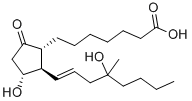
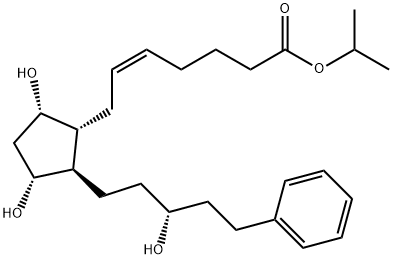



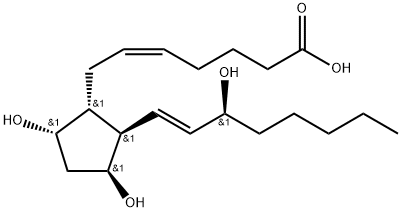
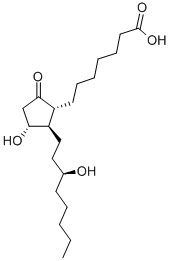

You may like
-
 3-(4-amino-1-oxoisoindolin-2-yl)-1-methylpiperidine-2,6-dione 98%View Details
3-(4-amino-1-oxoisoindolin-2-yl)-1-methylpiperidine-2,6-dione 98%View Details -
 1-methylindoline-2,3-dione 98%View Details
1-methylindoline-2,3-dione 98%View Details
2058-74-4 -
 614-19-7 98%View Details
614-19-7 98%View Details
614-19-7 -
 3112-85-4 Methyl phenyl sulfone 98%View Details
3112-85-4 Methyl phenyl sulfone 98%View Details
3112-85-4 -
 20677-73-0 (2,2-diethoxyethyl)methylamine 98%View Details
20677-73-0 (2,2-diethoxyethyl)methylamine 98%View Details
20677-73-0 -
 3-(4-(hydroxyamino)-1-oxoisoindolin-2-yl)piperidine-2,6-dione 98%View Details
3-(4-(hydroxyamino)-1-oxoisoindolin-2-yl)piperidine-2,6-dione 98%View Details -
 57381-49-4 2-bromo-4-chlorobenzonitrile 98%View Details
57381-49-4 2-bromo-4-chlorobenzonitrile 98%View Details
57381-49-4 -
 4,6-dichloropyrimidine-5-carbaldehyde 98%View Details
4,6-dichloropyrimidine-5-carbaldehyde 98%View Details
5305-40-8
